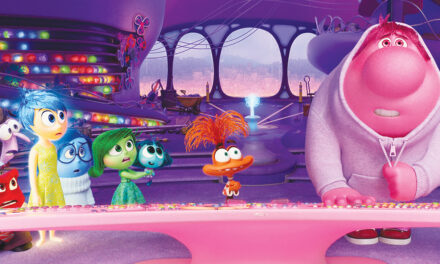
It’s usually a good barometer as to how emotionally invested I am in a film when I repeatedly have to remind myself not to let my mind drift and to focus on what’s at hand. I mention that due to the fact that I can’t recall the amount of times I had to refocus my attention during the recent screening of filmmaker Christopher Nolan’s much anticipated WWII film Dunkirk. I lost count somewhere during the second half hour when I slowly started to realize that this wasn’t going to be the kind of cinematic event where character arc or character motivation is at the center. If that’s what you’re looking for then you’re best advised to stay at home and rewatch Saving Private Ryan, a celebrated film about WWII that certainly had some issues in the narrative department but compensated with its human element. That’s something that’s not on display in Dunkirk.
The best analogy that comes to mind in describing Dunkirk would be that it’s the movie equivalent to a nice shiny Cadillac with no engine. It looks great and all the technical details contained therein are impeccably rendered, courtesy of writer/director Christopher Nolan’s knack for that sort of thing. The problem is that the characters in Dunkirk are indistinguishable and mainly used in service of the film’s recreation of the WWII era instead of the other way around. If there were one character I was emotionally invested in perhaps I wouldn’t have had to constantly remind myself to pay dynamic, vigorous attention. As a result the experience of seeing the film proved to be a tiring one in more ways than one.
The action takes place in May 1940 when French and British soldiers found themselves stuck in the port of the film’s title. Prime Minister Winston Churchill decreed that a rescue be staged and that forms the chunk of narrative that exists in the film. There are, of course, battle scenes in the interim, all very well staged as previously mentioned, but the rescue attempt takes precedence here.
It’s worth noting that the film’s structure is of a non-linear fashion. Nolan has made a career out of doing that sort of thing and generally it has worked out well for him. Here it feels forced and doesn’t serve any real purpose other than for Nolan to show that he’s in control and, cinematic rules be damned, he’s going to do things his way. The film cuts back and forth between several ongoing story threads featuring an impressive roster of talent that includes Tom Hardy (performing with a mask on throughout the film much as he did in the final installment of Nolan’s Dark Knight trilogy), Mark Rylance, Kenneth Branagh and Harry Styles of the boy band, One Direction.
Credit must be given for Nolan’s ability to wrap things up shy of the two-hour mark for the first time in a while and, of course, the spot on recreation of the period. If only he’d spent half as much time crafting some characters we could care about.
Image: Tom Hardy in Dunkirk
This is playing in Hickory.
Questions or comments? Write Adam at filmfan1970@hotmail.com.








